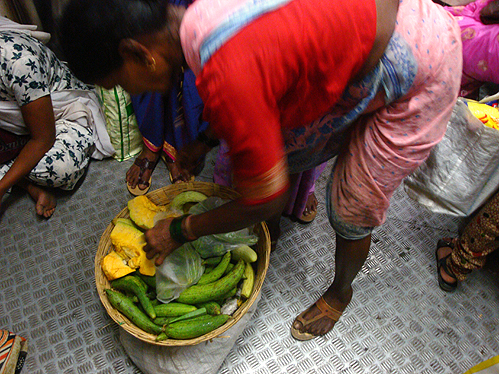Dayanita Singh
I am especially interested in her attempts to express her own visions of a place or city, opposing the singular story people usually expect about India, that of 'sensational catastrophes and human failures'
Phil mentioned Singh in connection to my work on Mumbai because of her series of photographs titled Dream Villa. Her landscape images of Mumbai resonate with the kind of video I'm using for my installation. I am especially interested in her attempts to express her own visions of a place or city, opposing the singular story people usually expect about India, that of 'sensational catastrophes and human failures' (Cotter, H. 2005). Dream Villa 11. 2008. Dayanita Singh [Image Source]
House of Love 2010. Dayanita Singh. [Image Source].
Reference: Cotter, H. 2005. Objects of Repose and Remembrance. New York Times. [online]. Available from: http://www.nytimes.com/2005/03/30/arts/design/30cott.html?ex=1172638800&en=840b508f152bce9e&ei=5070 Date Accessed: 21st July 2011.
Degen, N. 2008. Dayanita Singh. Frieze Magazine. [online]. Available from: http://www.frieze.com/shows/review/dayanita_singh/. Accessed: 21st July 2011.
Dayanita Singh: House of Love. La Lettre. [online]. Available from: http://lalettredelaphotographie.com/entries/dayanita-singh-house-of-love. Date Accessed: 7th August 2011.
Vegetable Sellers on the Train
All kinds of stuff gets sold on local Bombay trains, especially in the women's compartments: vegetables, fruits, safety pins, cell phone covers, earrings, rings, bangles, sarees, stationary, dress material, make-up, evening snacks, you name it. What caught my eye this time was the last of the vegetable stock being sold off late in the evening - past 9pm. Within a few minutes everything is gone, because almost every woman in the compartment has to go home and cook for the family.

I walk down dark and narrow streets
Some photographs that attempt to describe urban Indian streets at night.
















